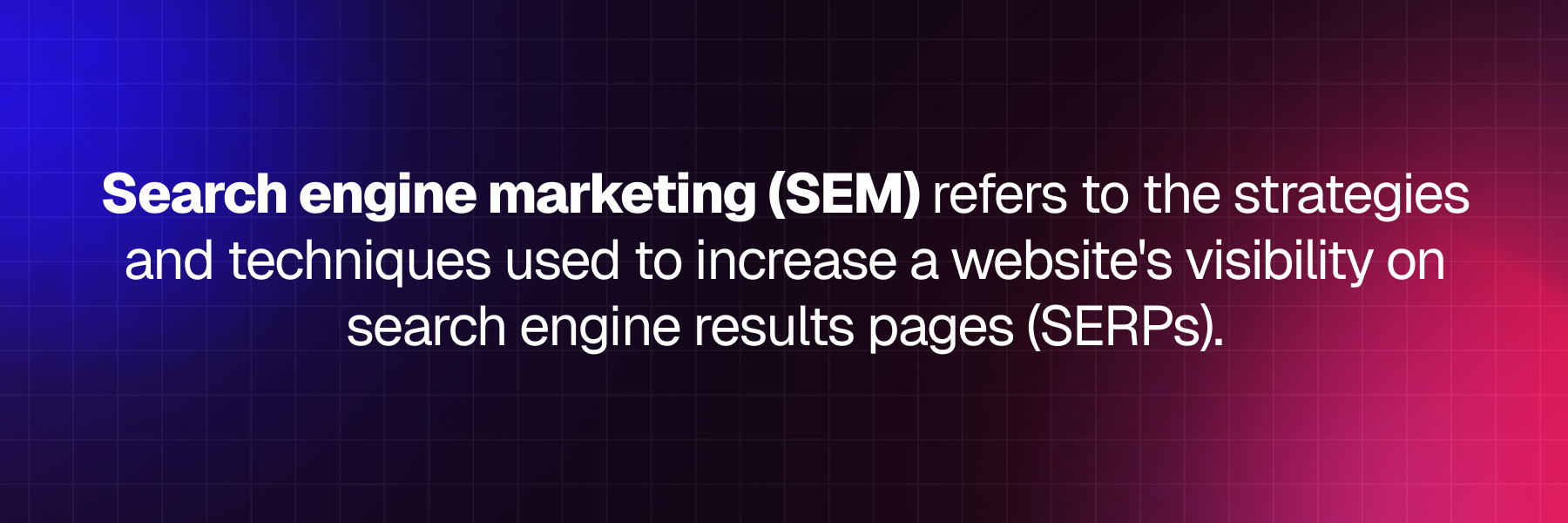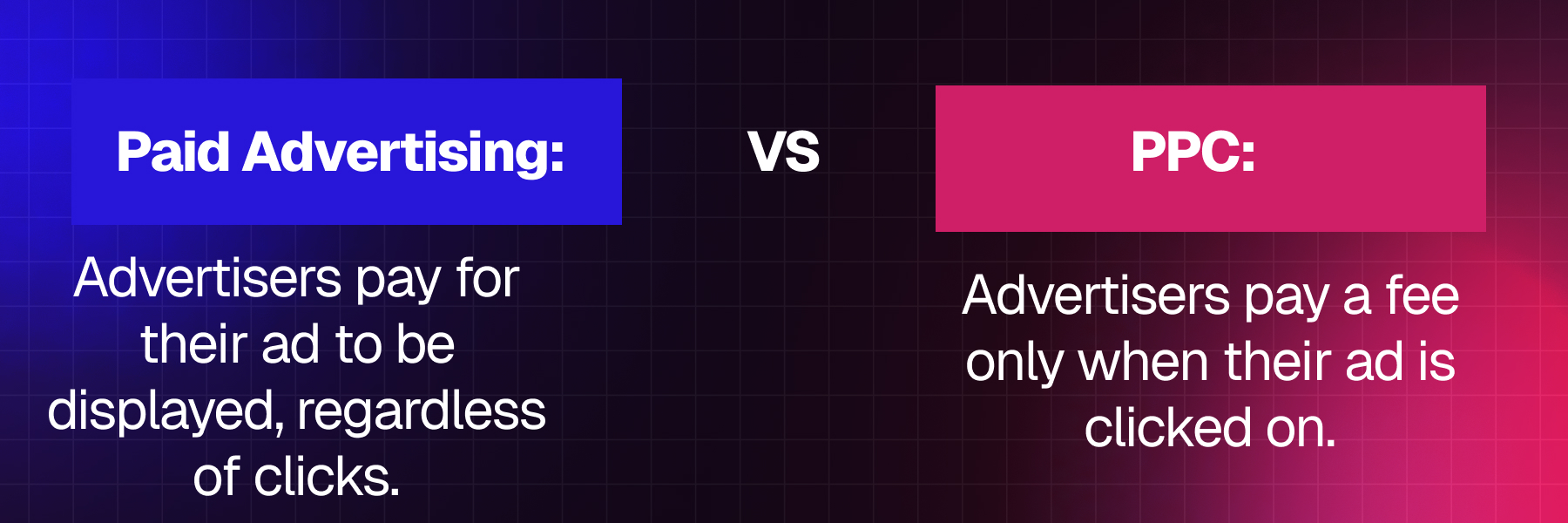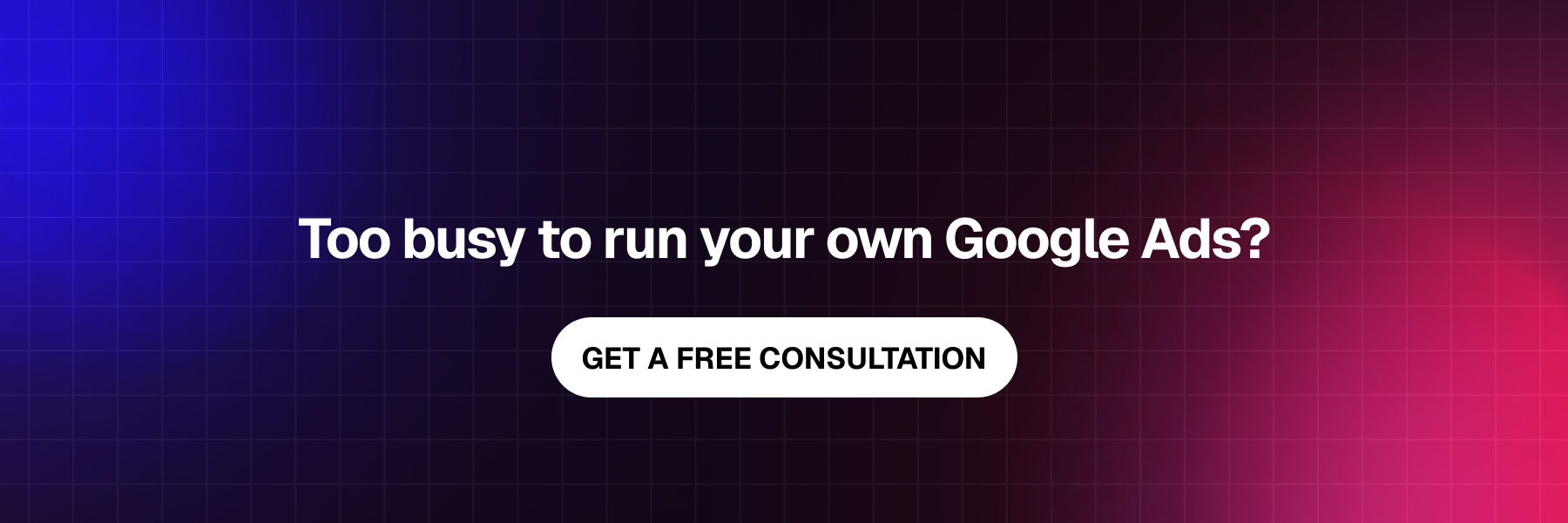Search Engine Marketing Course
SEM involves utilizing paid and unpaid search marketing methods to maximize how frequently a website appears in search results. Paid search advertising, also known as pay-per-click advertising, allows website owners to pay Google every time someone clicks through to their website from search results.
This search engine marketing course is ideal for beginners who want real, actionable results.
What Is Search Engine Marketing (SEM)?
 Search engine marketing (SEM) refers to the strategies and techniques used to increase a website's visibility on search engine results pages (SERPs).
Search engine marketing (SEM) refers to the strategies and techniques used to increase a website's visibility on search engine results pages (SERPs).
How Search Engines & Search Engine Algorithms Work ?
Search engines like Google, Bing and Yahoo are web-based tools that help users find relevant information online. They use complex algorithms to crawl, index and rank web pages based on the search query.
Search engines employ web crawlers or spiders to discover and add new pages to their indexes. These indexes store information about words and where they are located on webpages.
When a user enters a search query, the engine's algorithms analyze the words in the query, match them against its indexes, and retrieve the most relevant pages. Ranking factors like content quality, user experience, backlinks and more determine the order of results.
What's the difference between PPC and Paid Search?
PPC (pay-per-click) and paid search are closely related concepts in search engine marketing (SEM), but there is an important distinction between the two.

PPC Advertising
PPC is an online advertising model where advertisers pay a fee each time one of their ads is clicked. This fee is often determined through an ad auction among multiple advertisers bidding for the same keywords or placements. For the next module, you will understand the whole process via learning PPC. The most common form of PPC is search engine advertising, where ads are displayed alongside organic search results.
Paid Search
Paid search, on the other hand, refers specifically to the paid advertising efforts aimed at improving visibility on search engine results pages (SERPs). This includes PPC campaigns on search engines like Google Ads as well as other search advertising platforms. Paid search allows businesses to place their ads at the top of SERPs for relevant keywords and get their message in front of an interested audience.
While all paid search involves PPC, not all PPC happens on search engines. PPC can also be used for display ads on websites, social media ads, and other online advertising channels. The key difference is that paid search exclusively focuses on search engine advertising, while PPC encompasses a broader range of advertising models.
Paid Search Advertising vs. Organic Search Engine Optimization (SEO)
Paid Search Ads
Paid search advertising allows you to display ads at the top of search engine results pages (SERPs) when users search for specific keywords relevant to your business. With services like Google Ads, you only pay when someone clicks on your ad. This provides quick visibility but requires an ongoing ad spend.
Organic SEO
Search engine optimization (SEO) is the practice of optimizing your website content and structure to rank higher organically (without ads) in search results for relevant keywords. While it takes more time to see results, organic traffic is free and can drive compounding returns over time.
Recommendation: Curious how SEO compares to PPC? Read this quick SEO vs PPC breakdown.
Finding the Right Mix
An effective SEM strategy leverages both paid search and SEO tactics. Paid ads enable immediate top rankings while SEO builds sustainable organic traffic. Balancing these channels based on your budget and goals is key to maximizing visibility and ROI from search marketing efforts.
Benefits of Paid Search
Instant Visibility: Paid ads appear at the top of SERPs, providing immediate exposure.
Targeted Traffic: You only pay for clicks from interested users searching for your offerings.
Measurable ROI: Google Ads provides detailed performance data to optimize campaigns.
While paid search requires an upfront investment, it can drive qualified leads and sales when executed strategically as part of a comprehensive SEM strategy. Successful paid campaigns depend on factors like keyword selection, ad copy, landing pages, and bid management.
Overview of SEM Tools for Search Engine Marketing
Popular SEM Tools
Effective search engine marketing requires utilizing specialized tools. Popular options include Google Ads, Bing Ads, SEMrush, Moz, and Ahrefs. These platforms offer keyword research, competitor analysis, ad management, and performance tracking.
Conclusion
You now have a foundational understanding of search engine marketing and the key concepts involved. With paid and organic tactics, the right tools, and a focus on optimizing for searchers, you can develop an effective SEM strategy. Remember that SEM is an ongoing process that requires continual testing, tweaking, and learning. Patience and persistence are crucial. Start small, track results, and scale up over time. The more you learn about your audience and hone your approach, the better your campaigns will perform. With a strategic, thoughtful SEM plan, you can drive qualified traffic to your site and business.
Want to take your digital strategy to the next level? Our practical search engine marketing course is designed to help business owners and marketers get real results. Don’t waste time jump into the next module and start applying what you’ve learned.
Our Newsletter
Join our community and get the latest insights, tips, and exclusive content delivered right to your inbox.








